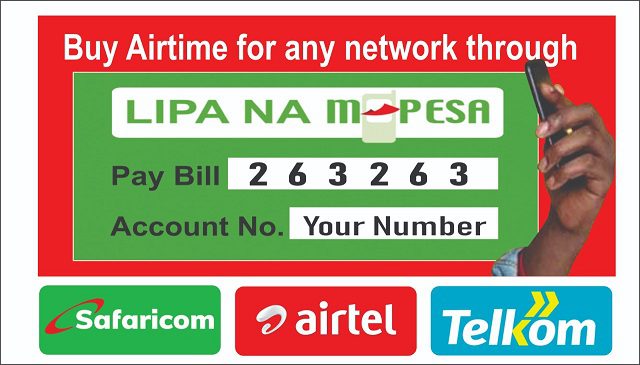When it comes to software, there are many different options available for businesses. One popular option is known as Software-as-a-Service or SaaS. While this option can have some advantages, there are also some potential disadvantages that businesses should be aware of before making a decision.
If you are planning to learn how to develop a SaaS product, it is important to consider the potential downsides of this idea as well. In this blog post, we’ll take a look at some of the potential drawbacks of using SaaS in your business.
What is SaaS?
Software-as-a-Service (SaaS) is a cloud computing model in which software is delivered as a subscription service. SaaS applications are typically accessed via a web browser, and users do not need to install or deploy the software on their own computers. Instead, they can simply log in to the SaaS provider’s website and use the software on demand.
SaaS applications are usually supported by advertising, and users typically pay a monthly or annual fee to access the service. However, some SaaS providers also offer free trials or freemium plans that allow users to use the software for free up to a certain limit.
SaaS has become increasingly popular in recent years, as it offers several advantages over traditional software deployment models:
- It eliminates the need for users to install and maintain the software on their computers.
- It allows for easy scalability, as users can simply add or remove subscriptions as needed.
- It provides users with any time, anywhere access to their applications, as long as they have an internet connection.
Disadvantages of Software-as-a-Service (SaaS)
SaaS can be more expensive than traditional software
For many businesses, using software-as-a-service (SaaS) is an attractive option for acquiring the latest technology without needing to invest in a complete infrastructure. While the SaaS-based products can offer certain advantages, such as scalability and flexibility, they often come with added costs compared to traditional software.
For instance, SaaS vendors generally charge a subscription fee or usage fees rather than requiring an upfront purchase of a license, which can make SaaS more expensive in the long run. Additionally, SaaS networks tend to grow and evolve over time, which usually results in additional fees for continued maintenance and updates.
This means that while SaaS products can be appealing due to their low initial cost compared to traditional software products, it is important to consider their long-term price tag before making a decision. Therefore, the SaaS-based products should not be purchased on face value alone but should instead be evaluated carefully to ensure they are the best fit for your business needs and budget.
You may not have as much control over your data with SaaS
When developing applications for the Software-as-a-Service (SaaS) model, one of the key considerations is data control. With SaaS, users do not own the software used to manage their data—instead, they rent it from a third-party provider.
This means that often customers have less control over their data than if they were running on a traditional IT system. When users are entrusting their data to a provider, they need to be sure that the provider is adequately secured and compliant with industry standards.
Additionally, depending on how the contract between customer and provider is set up, customers may not be able to freely move their data between providers or access it in its entirety. While developing applications for SaaS can provide many advantages such as flexibility and cost savings, ensuring user control over their data must remain a priority.
As such, when developing for SaaS it’s important to ensure that both technical security measures are implemented and legal safeguards in place to ensure customers maintain full control over their information. This can help protect against customer dissatisfaction or worse breaches in security down the line.
While developing SaaS applications can offer numerous benefits to end users as well as businesses alike, all necessary steps must be taken about safeguarding users’ data so that customer trust and satisfaction can be maintained over time.
SaaS can be less reliable than traditional software
Software as a Service (SaaS) provides businesses with a convenient way to access software without needing to make upfront investments in expensive hardware or maintain complex systems.
However, it is important to understand that SaaS can be less reliable than traditional software. This is because it relies on an internet connection to function and may be susceptible to issues such as server outages, bandwidth bottlenecks, firewalls, and more. Furthermore, of how easy it is to develop a SaaS product, there are relatively few mature solutions available on the market today.
As a result, it may be worth weighing the advantages of SaaS against its potential drawbacks before choosing this option over other forms of software delivery methods. With this in mind, businesses should speak with experts and conduct thorough research before investing in any solutions that could potentially provide unreliable service when ultimately needed.
By doing so, they will be able to make sure they find the right solution for their organization’s needs.
You may need a strong internet connection to use SaaS effectively
In the current business climate, SaaS can save organizations valuable time and money by providing reliable, cost-effective access to software and applications without having to worry about maintenance or security.
To get the most out of a SaaS-based product, however, a strong internet connection may be required. High connection speeds allow for smoother operation of SaaS-based software products, reducing delays and lag when using multiple applications across different devices.
Ultimately, this helps maximize efficiency when working remotely with the SaaS-based products, as users can take advantage of all its features in real-time. For businesses looking to maximize employee productivity while minimizing costs, a SaaS is an important tool – but one that requires a fast and reliable internet connection to stay ahead of the competition.
Conclusion
Although SaaS can have some drawbacks, it is still a popular choice for businesses. If you are considering whether or not to switch to a SaaS model, weigh the pros and cons carefully to see if it is the right fit for your company.

















